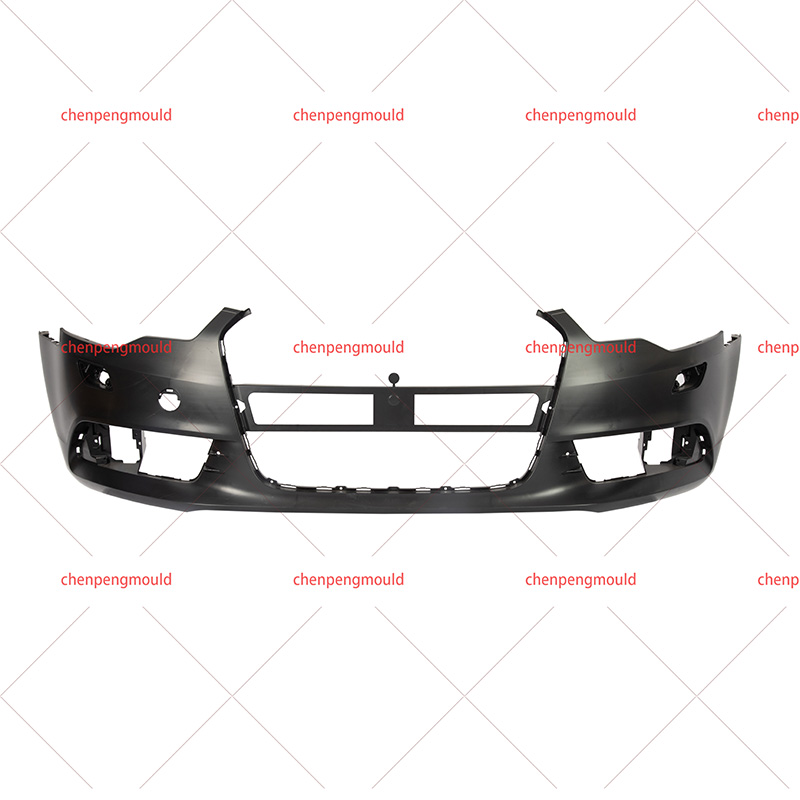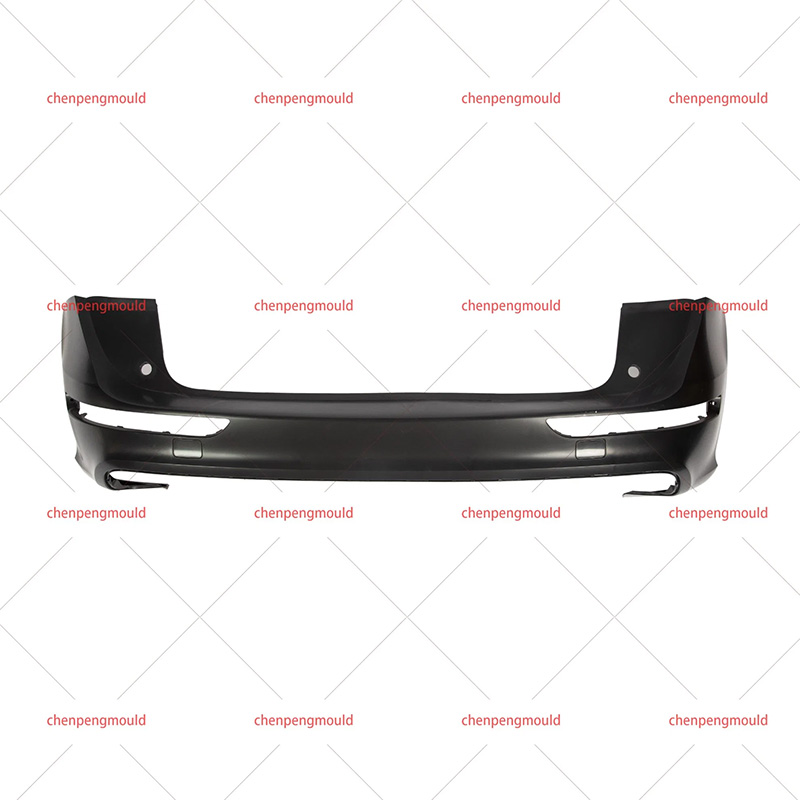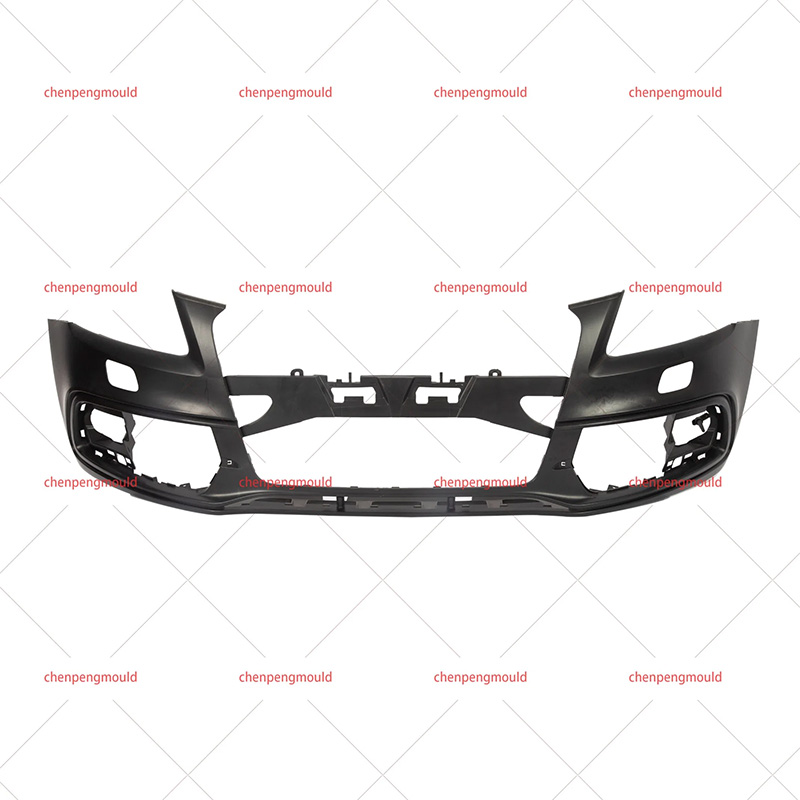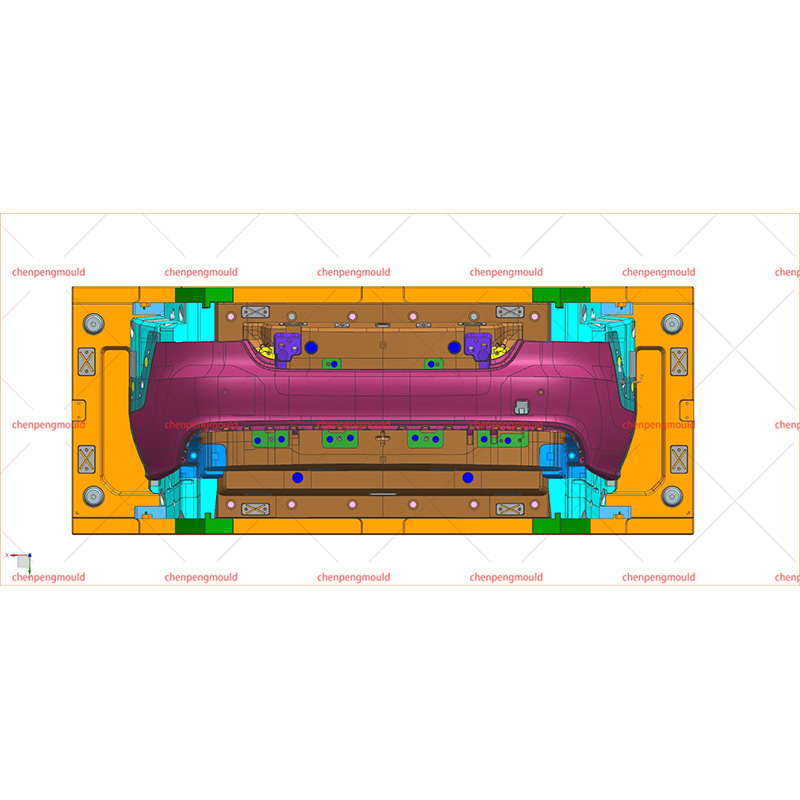Bumper moldings are an important element in automobile design, serving both functional and aesthetic purposes. Modified bumper moldings, in particular, are enhancements of standard bumper components that provide additional benefits in durability, impact absorption, and styling. Automakers increasingly incorporate modified designs to meet safety regulations, improve vehicle longevity, and maintain visual appeal.

Enhanced Protection and Safety
One of the primary reasons for using modified bumper molding is its role in improving vehicle safety. Bumpers serve as the point of contact during minor collisions, and the molding design contributes to absorbing and distributing impact forces.
Impact absorption: Modified bumper moldings are designed with materials or geometries that better absorb energy during low-speed collisions. This can reduce the likelihood of damage to the underlying metal frame, critical mechanical components, and vehicle occupants. For instance, in urban environments where fender benders are common, vehicles with modified bumpers experience fewer repairs and lower damage severity.
Pedestrian protection: Certain modifications, such as rounded edges or deformable inserts, help minimize injury risk to pedestrians during accidents. Automakers often design bumper moldings to comply with safety standards that regulate pedestrian impact forces, making vehicles safer for both occupants and bystanders.
Resistance to minor collisions: Modified moldings often include reinforced structures or flexible materials that resist dents and scratches. A real-life example is delivery vehicles in densely populated areas, where repeated minor impacts are common. Modified bumpers maintain structural integrity and reduce the cost and frequency of repairs.
By enhancing the protective function of the bumper, these modifications contribute to overall vehicle safety and reduce long-term repair costs.
Cost Efficiency and Maintenance
Another reason manufacturers use modified bumper molding is its effect on reducing maintenance costs and simplifying repair processes.
Durable materials: Modified bumper moldings often incorporate high-grade plastics or polymer composites that resist cracking, fading, or deformation. This durability extends the lifespan of the bumper and reduces replacement frequency. For example, SUVs frequently exposed to gravel roads benefit from moldings that withstand small impacts and scratches without structural compromise.
Easy replacement: Some modified bumper designs allow for modular sections, meaning damaged portions can be replaced without removing the entire bumper assembly. Automotive repair shops find this practical because it reduces labor time and repair costs. A minor scrape on a delivery van or family car can be repaired quickly with modular molding sections rather than full bumper replacement.
Protection of underlying components: Modified bumpers prevent damage to essential parts such as radiators, headlights, and sensors. By maintaining the integrity of these components, vehicle owners avoid expensive repairs. For example, front-end collisions in low-speed traffic often affect lights or cooling systems; modified bumpers reduce the likelihood of these additional costs.
This focus on durability and ease of repair makes modified bumper moldings cost-effective for manufacturers, fleet operators, and individual owners.
Aesthetic Integration and Design Flexibility
Modified bumper moldings also serve aesthetic and design purposes, contributing to a vehicle’s visual appeal and market competitiveness.
Improved styling: Automakers use modified moldings to create smoother lines, integrated features, or distinctive vehicle identities. For example, sport utility vehicles may incorporate wider or contoured bumper moldings that enhance the vehicle’s visual presence while still meeting functional requirements.
Integration with additional components: Modified bumpers can accommodate sensors, fog lights, or parking cameras without compromising appearance or functionality. This integration ensures that safety features and technology elements are seamlessly incorporated into the vehicle’s design. A real-life example includes modern sedans that embed radar sensors for collision detection within the bumper molding.
Customization and brand identity: Modified bumper moldings allow manufacturers to differentiate models or trim levels through subtle changes in shape, color, or texture. Luxury models may use chrome-accented moldings, while standard trims use simpler polymer finishes. This design flexibility supports marketing strategies and meets consumer expectations.


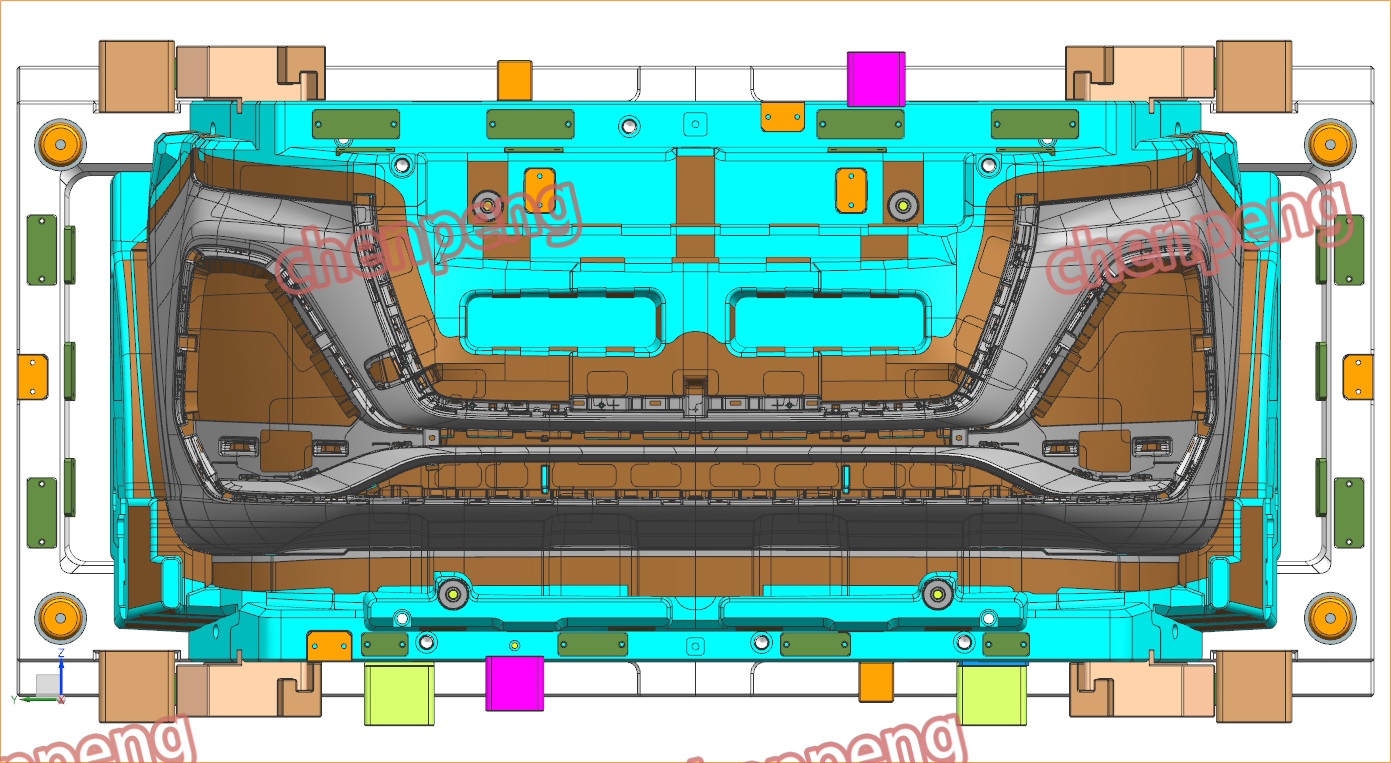

 +86-18357617666
+86-18357617666
